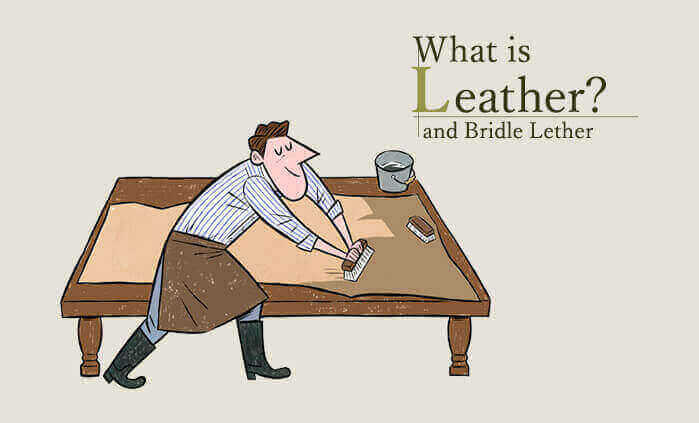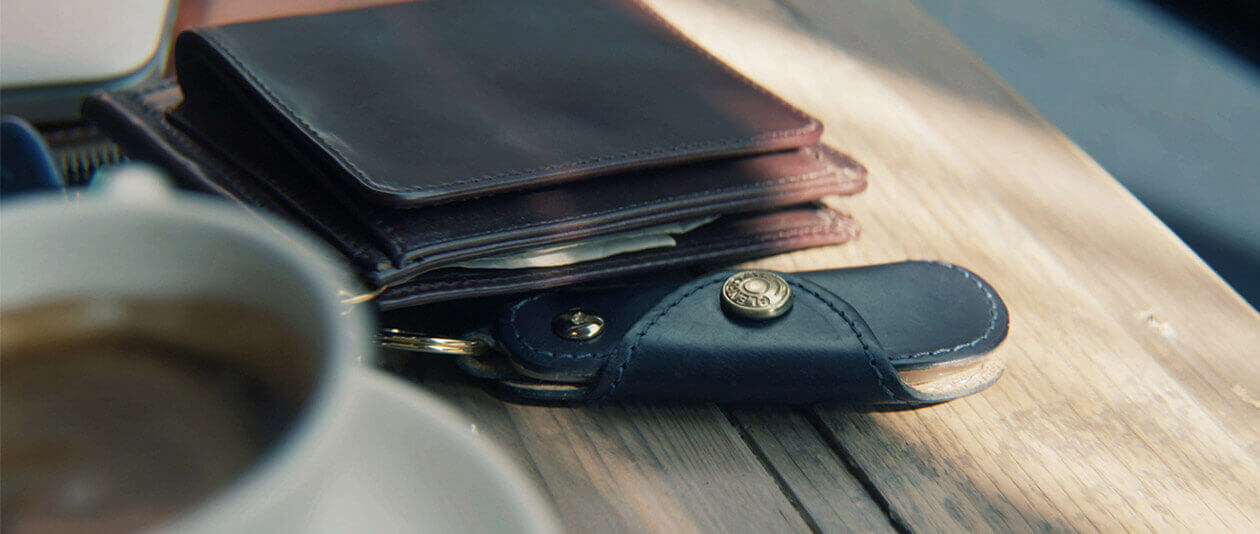
At Glenroyal we are proud to make our products to the highest standards of traditional British craftsmanship. Since our company was founded, Glenroyal’s craftsmen have kept alive dying traditions and contributed to a resurgence of British craftsmanship.
HISTORY since 1979
LEATHER
The most notable aspect of Glenroyal’s products is our superb bridle leather. (This is a generic name for leather made by pit tanning hides with tannin-rich vegetable extracts, followed by careful finishing with wax, beeswax and beef tallow.) Originally used for harness and tack because of its weight and high durability, bridle leather also has a beautiful natural lustre.
Glenroyal leather products, like scotch whisky, mellow with age, and with just a little care and maintenance will last a lifetime. Our high-quality bridle leather, carefully selected from rare materials, and our cordovan leather, made with centuries of traditional skills, will give you years of service and quiet enjoyment.
PRODUCTS
Glenroyal was established in Ayrshire, Scotland in 1979, and nearly four decades later our craftsmen still continue to create the finest handmade bridle leather bags, wallets and accessories. Scottish craftsmen create our products by hand, using traditional materials and techniques subtly adapted to meet today’s practical needs.



